Knit In Elastic
Knit In Elastic - One defining characteristic of knit elastic is that they don’t narrow when stretched. Knitted elastics also retain their elasticity when sewn and are thus suitable to be stitched to fabrics in addition to being inside casings. Have you tried using clear elastic for your sewing? Knit elastic has excellent stretch and recovery properties, making it ideal for applications requiring a lot of elasticity. Woven elastic is easily identified by its horizontal and vertical ribs. You can find it in craft stores and it is available in various thicknesses. Add elastic to the cuff for a better fit. A tutorial on how to insert elastic into your knit project! Woven elastic does not become more narrow as it stretches. It doesn’t narrow when it is stretched and can also be sewn through without affecting the stretch. Wind off approximately 1 yard of elastic thread. It is soft, stretchy, and easy to sew, keeping its width when stretched. This technique is used in the ready, set, go skirt and halter. It’s a lightweight transparent elastic that can be used for any area that needs stabilisation; Yarn tends to stretch out over time, so this keeps the shape. Knit elastic has excellent stretch and recovery properties, making it ideal for applications requiring a lot of elasticity. You can find it in craft stores and it is available in various thicknesses. Types of elastic and uses: The solution is to incorporate elastic thread into our projects. Knitted elastic is the most common type of elastic. Knit elastics are best used with fabrics that are light to medium weight. This technique is used in the ready, set, go skirt and halter. Stretch lace or ruffle elastic. How to select the right elastic for your sewing project? Use with knitting or crochet yarn. Knit elastics come in varying widths, narrow width elastic will be used in neck and arm/wrist areas while a wider width will be used for waistbands. Whether its reinforcing arm cuffs and waistbands or complete knitting or crochet products: It’s a lightweight transparent elastic that can be used for any area that needs stabilisation; It doesn’t narrow when it is. Having the right ribbing for knitted socks can make the difference between whether they stay up or stretch out after just a few wearings. The most common use of elastic is in the waistband of pants, shorts, and skirts. Helps to provide added tension when knitting ribs and cuffs on socks and sweaters. It is soft, stretchy, and easy to. It can also be used for the game,. A tutorial on how to insert elastic into your knit project! Knit elastics come in varying widths, narrow width elastic will be used in neck and arm/wrist areas while a wider width will be used for waistbands. Web table of contents. Woven elastic does not become more narrow as it stretches. Turn the sock inside out. Web table of contents. It’s soft against the skin, doesn’t narrow when stretched and is fine for sewing — you can pierce it with a needle without weakening or distorting it. Add elastic to the cuff for a better fit. A tutorial on how to insert elastic into your knit project! Web how to knit elastic into socks. 15 types of elastic used in sewing clothes. It is a soft yet stable knit that can be worn against the skin. Web knit (knitted) elastic. You can find it in craft stores and it is available in various thicknesses. Waistband elastic (also called jacquard elastic) picot elastic. Web knit elastic is the most common type of elastic for sewing clothing and can be used on some craft projects too. It’s a lightweight transparent elastic that can be used for any area that needs stabilisation; Have you tried using clear elastic for your sewing? The most common use of elastic. It has a soft and stretchy texture, similar to a knitted fabric. Add elastic to the cuff for a better fit. Web how to knit elastic into socks. Web knit elastic is a very popular choice. Web table of contents. Web knit elastic is a very popular choice. It doesn’t narrow when it is stretched and can also be sewn through without affecting the stretch. The solution is to incorporate elastic thread into our projects. It’s soft against the skin, doesn’t narrow when stretched and is fine for sewing — you can pierce it with a needle without weakening or distorting it. It also works well even when pierced by needles, so it’s a good choice for sew on applications. Knit elastic has excellent stretch and recovery properties, making it ideal for applications requiring a lot of elasticity. Knitted elastics also retain their elasticity when sewn and are thus suitable to be stitched to fabrics in addition to being inside casings. Buying elastic for home use. One defining characteristic of knit elastic is that they don’t narrow when stretched. Web luckily, there is a very simple way to solve and prevent this problem, and you will discover it in our post. Knit elastic tends to be softer than braided or woven elastic, and it retains its width when stretched. It’s a lightweight transparent elastic that can be used for any area that needs stabilisation; Waistband elastic (also called jacquard elastic) picot elastic. Since it is knitted, it can be recognized by little v’s running parallel to the length of the elastic. This technique is used in the ready, set, go skirt and halter. It also endures pins without getting damaged.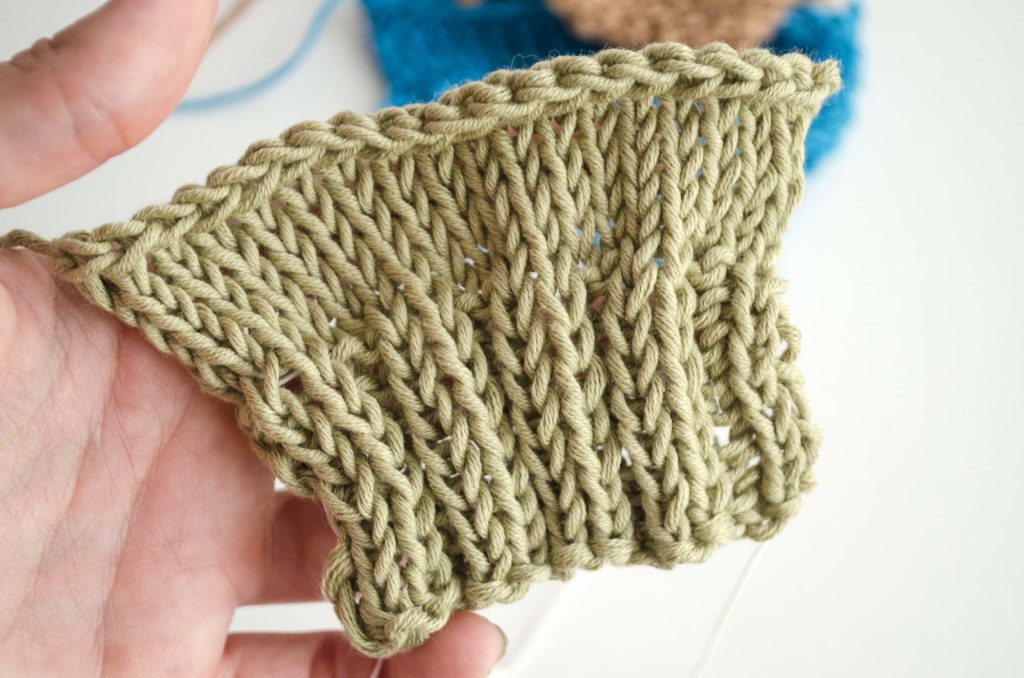
How to put elastic thread into your garments The Blog US/UK

How To Make a Knit Elastic Waistband Skirt (A Simple Tutorial) Simple

Knit Elastic The AllPurpose Elastic for Simple Sewing

How to Knit the Elastic Stitch YouTube

How to put elastic thread into your garments The Blog US/UK
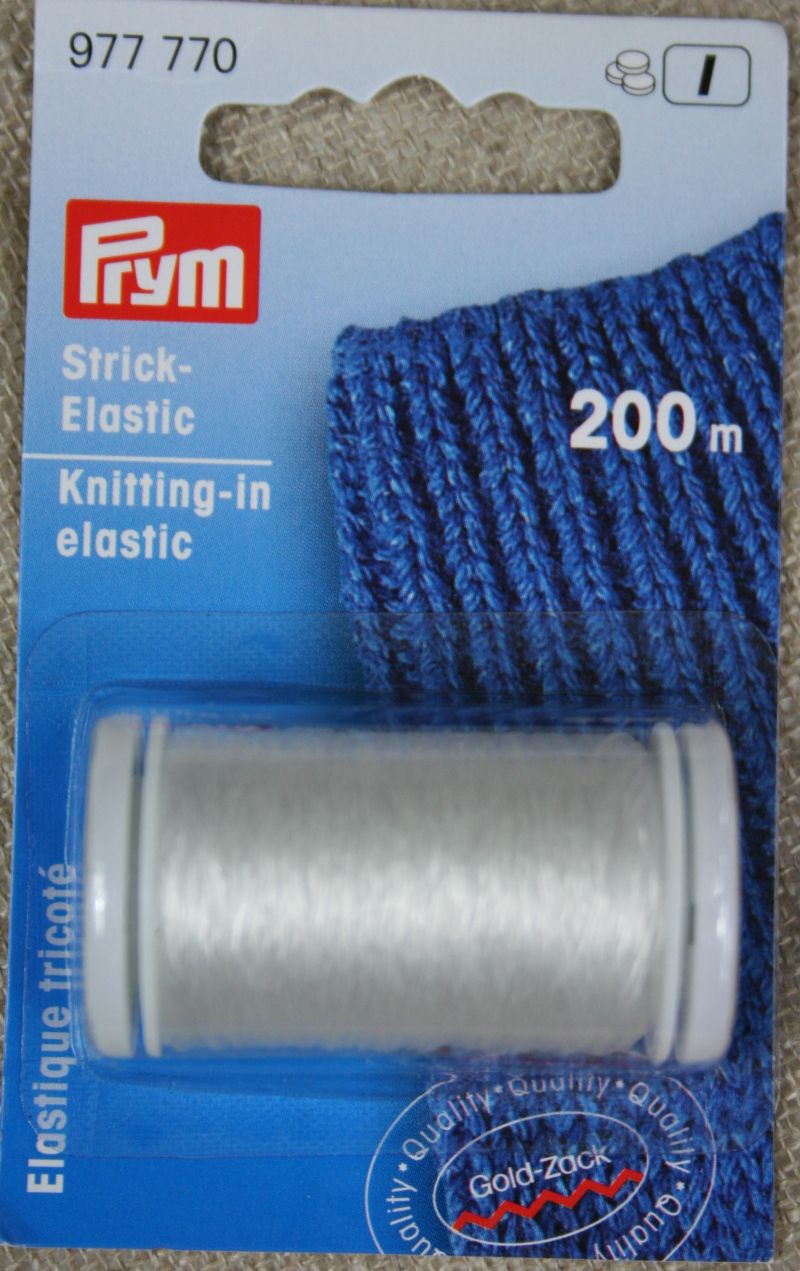
Knittingin Elastic Town End Yarns
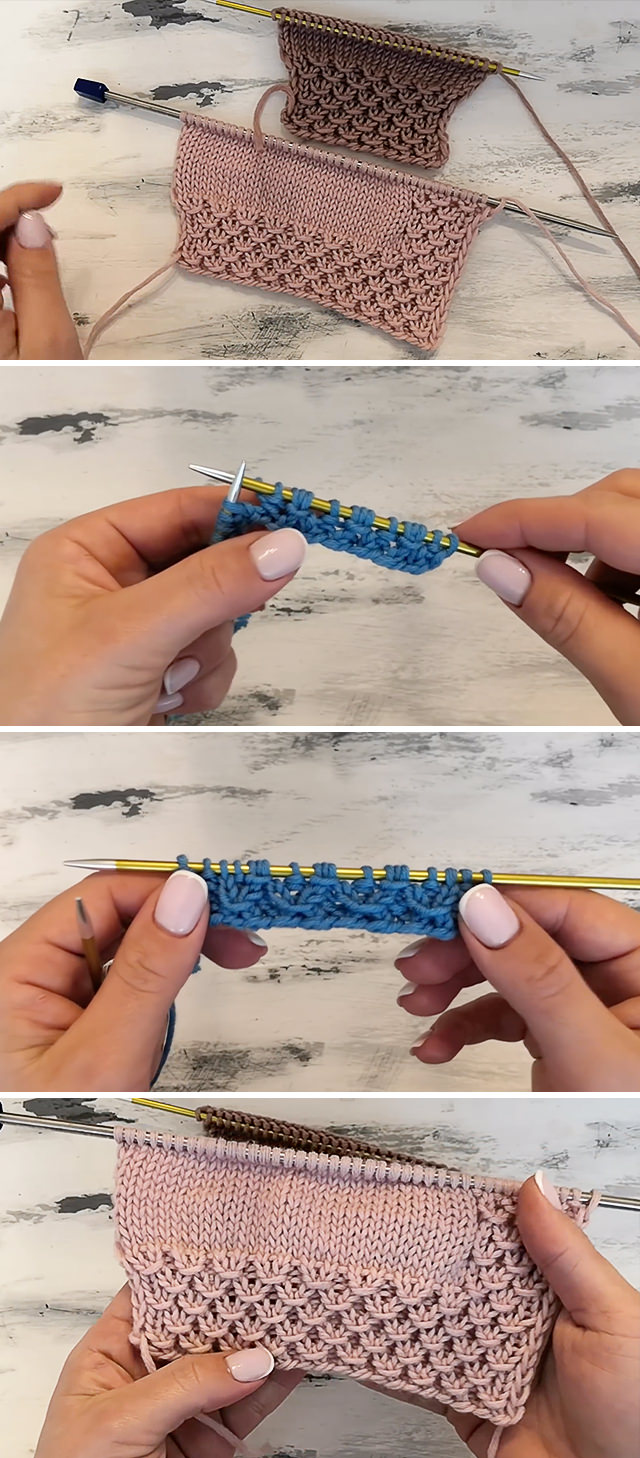
Knit Elastic Stitch You Can Easily Learn CrochetBeja
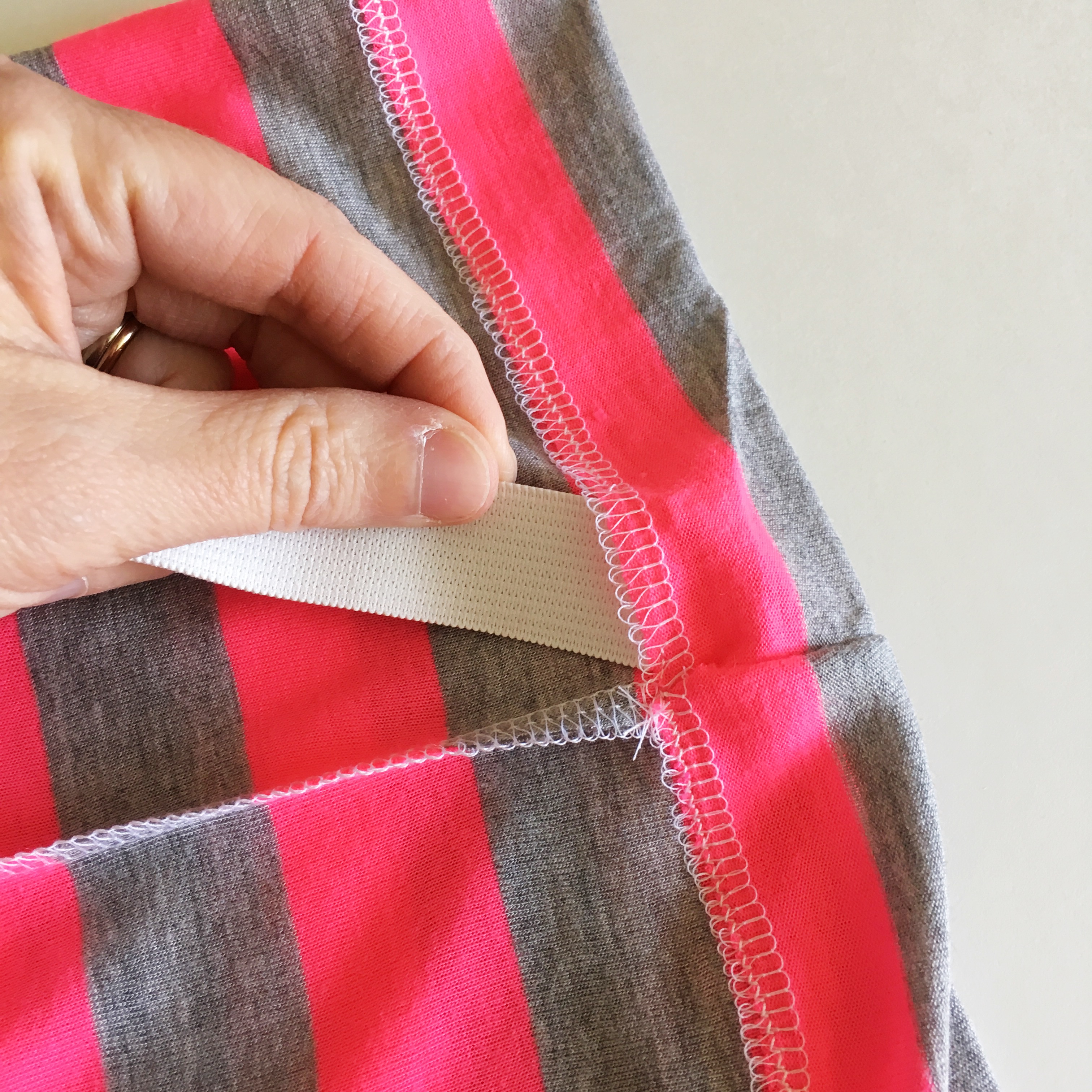
How To Make a Knit Elastic Waistband Skirt (A Simple Tutorial) Simple
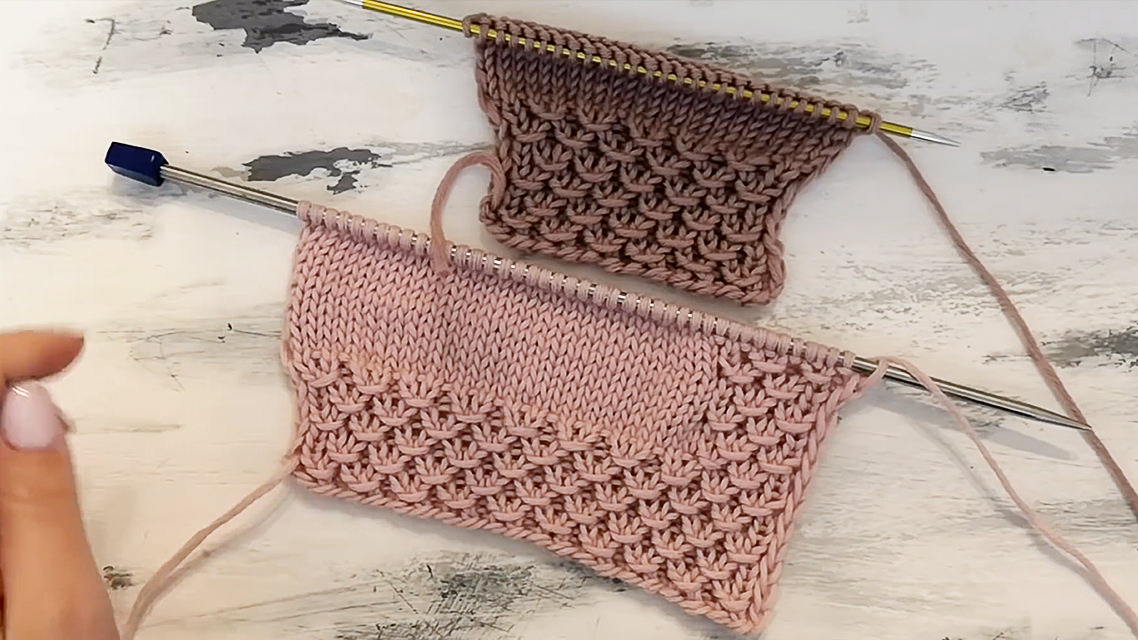
Knit Elastic Stitch You Can Easily Learn CrochetBeja

How To Sew Elastic Directly To Knit Fabric Richard McNary's Coloring
Web Table Of Contents.
Web This Elastic Tape Gives Knitwear And Crochet Products The Right Support.
Clear Elastic Thread For Knitting And Crocheting.
15 Types Of Elastic Used In Sewing Clothes.
Related Post: